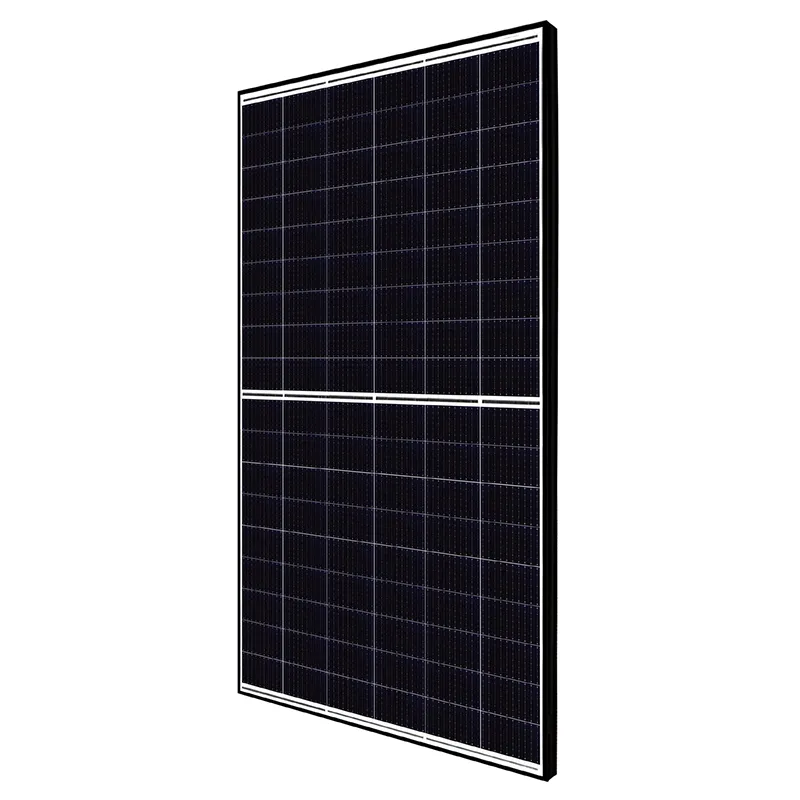Typical Dimensions and Specifications of Standard Solar Panels for Residential Use
Understanding Normal Solar Panel Size
As the demand for renewable energy sources continues to rise, solar energy has emerged as a leading alternative
. Among consumers and businesses looking to adopt solar technology, one common question arises what is the normal solar panel size? Understanding the dimensions and characteristics of solar panels is crucial for those considering a solar installation, as it impacts both energy production and system design.Solar panels come in various sizes, but the most common type used in residential and commercial installations is the standard 60-cell and 72-cell panel. A typical 60-cell solar panel measures approximately 65 inches by 39 inches (or about 1.65 meters by 1 meter). The 72-cell panels, often used in larger installations, are slightly larger, usually measuring around 77 inches by 40 inches (or 1.95 meters by 1 meter). The size of the solar panel influences its power output, which is measured in watts.
The power output of a solar panel typically correlates with its size a standard 60-cell panel usually produces between 250 to 400 watts, whereas a 72-cell panel can yield between 350 to 450 watts. This means that if a homeowner or business opts for larger panels, they can achieve greater energy production with fewer units, thereby optimizing space and potentially reducing installation costs.
When considering solar panel size, it is also essential to account for available roof space or land for ground-mounted systems. The total roof area will determine how many panels can be installed and, subsequently, the overall energy that can be generated. For instance, a small residential roof may only accommodate a few 60-cell panels, resulting in lower energy output, while a larger commercial rooftop could potentially host dozens of panels, significantly boosting energy production.
normal solar panel size

Moreover, solar panel size can also impact the efficiency and aesthetics of a solar installation. Smaller panels may offer more flexibility in placements, especially on roofs with various angles, but they could require more panels to meet energy needs, which can be visually cluttering. Conversely, larger panels are typically more efficient, with fewer installation-related issues but can be aesthetically overwhelming if not planned correctly.
Installation factors, such as the orientation and tilt of solar panels, must also be considered in conjunction with their size. Panels that are tilted at optimal angles can capture more sunlight and generate higher energy outputs. This aspect is critical, particularly in regions with limited sunlight exposure or inconsistent weather patterns.
In addition to physical dimensions, technological advancements have led to the development of high-efficiency solar panels that maximize power output without significantly increasing size. These panels incorporate innovative materials and design improvements that make them viable options for space-constrained installations.
In conclusion, understanding the normal solar panel size is crucial for effectively planning a solar energy installation. The standard sizes of 60-cell and 72-cell panels are prevalent in the market, offering varying power outputs that cater to different needs. Potential solar adopters should carefully consider their available space, energy requirements, and aesthetic preferences when choosing solar panels. As technology continues to evolve, larger yet more efficient solar panels are likely to play an essential role in the future of renewable energy, enabling more individuals and businesses to harness the power of the sun.
-
Unlocking Energy Freedom with the Off Grid Solar InverterNewsJun.06,2025
-
Unlock More Solar Power with a High-Efficiency Bifacial Solar PanelNewsJun.06,2025
-
Power Your Future with High-Efficiency Monocrystalline Solar PanelsNewsJun.06,2025
-
Next-Gen Solar Power Starts with Micro Solar InvertersNewsJun.06,2025
-
Harnessing Peak Efficiency with the On Grid Solar InverterNewsJun.06,2025
-
Discover Unmatched Efficiency with the Latest String Solar InverterNewsJun.06,2025







